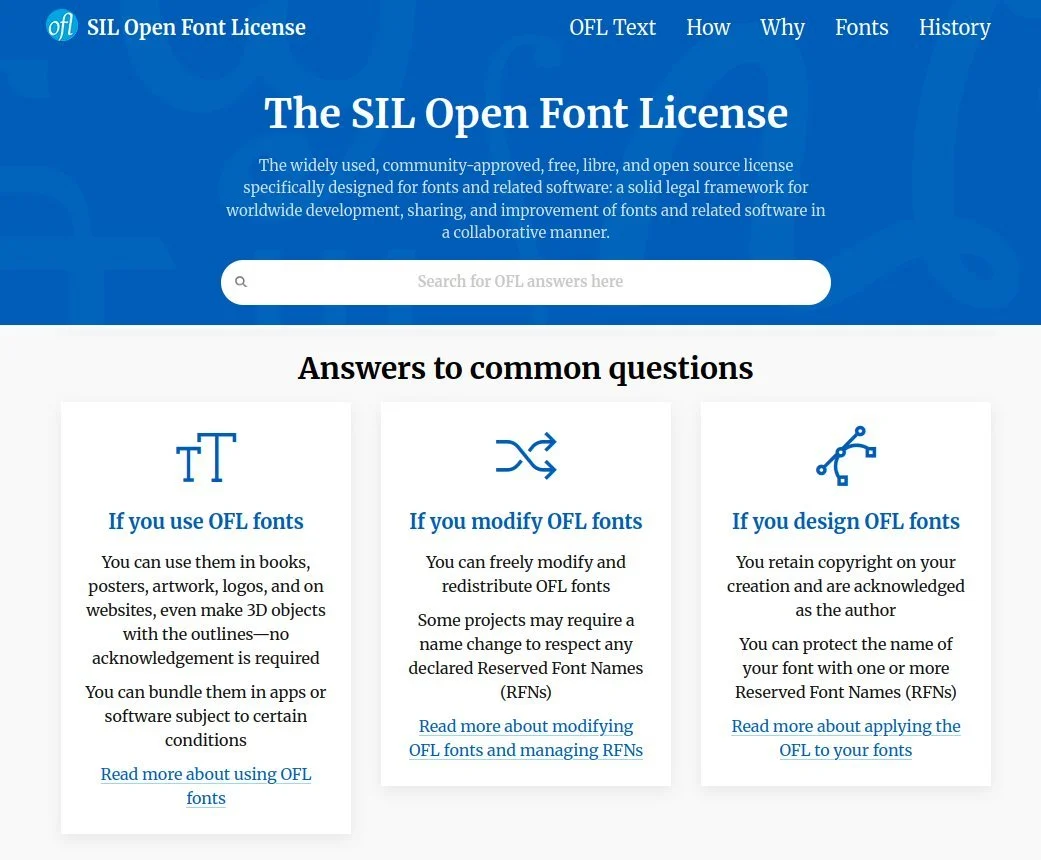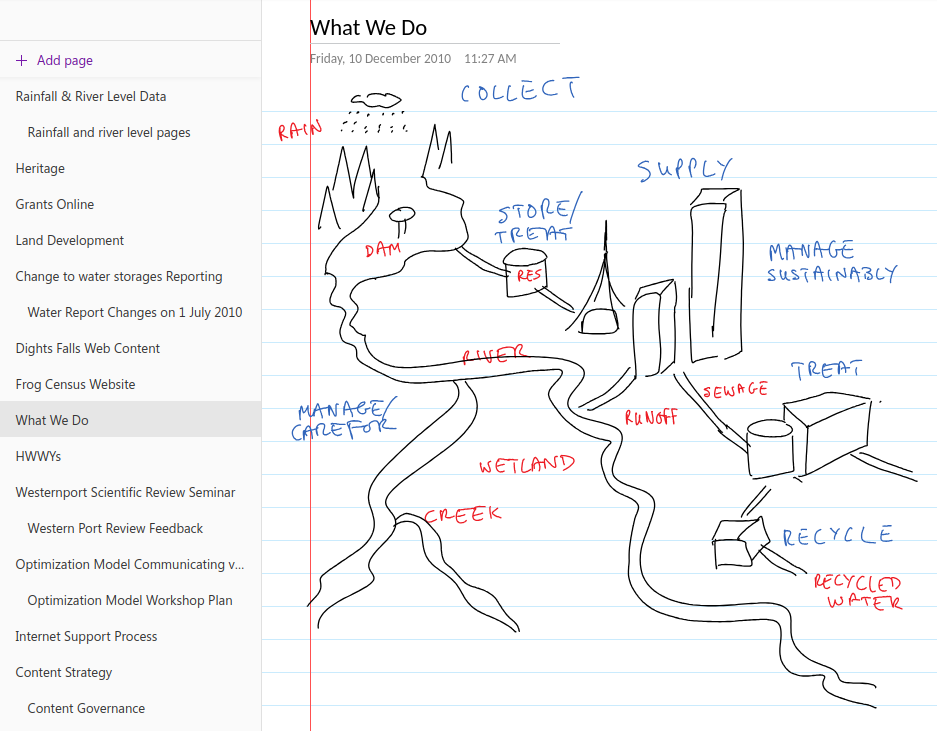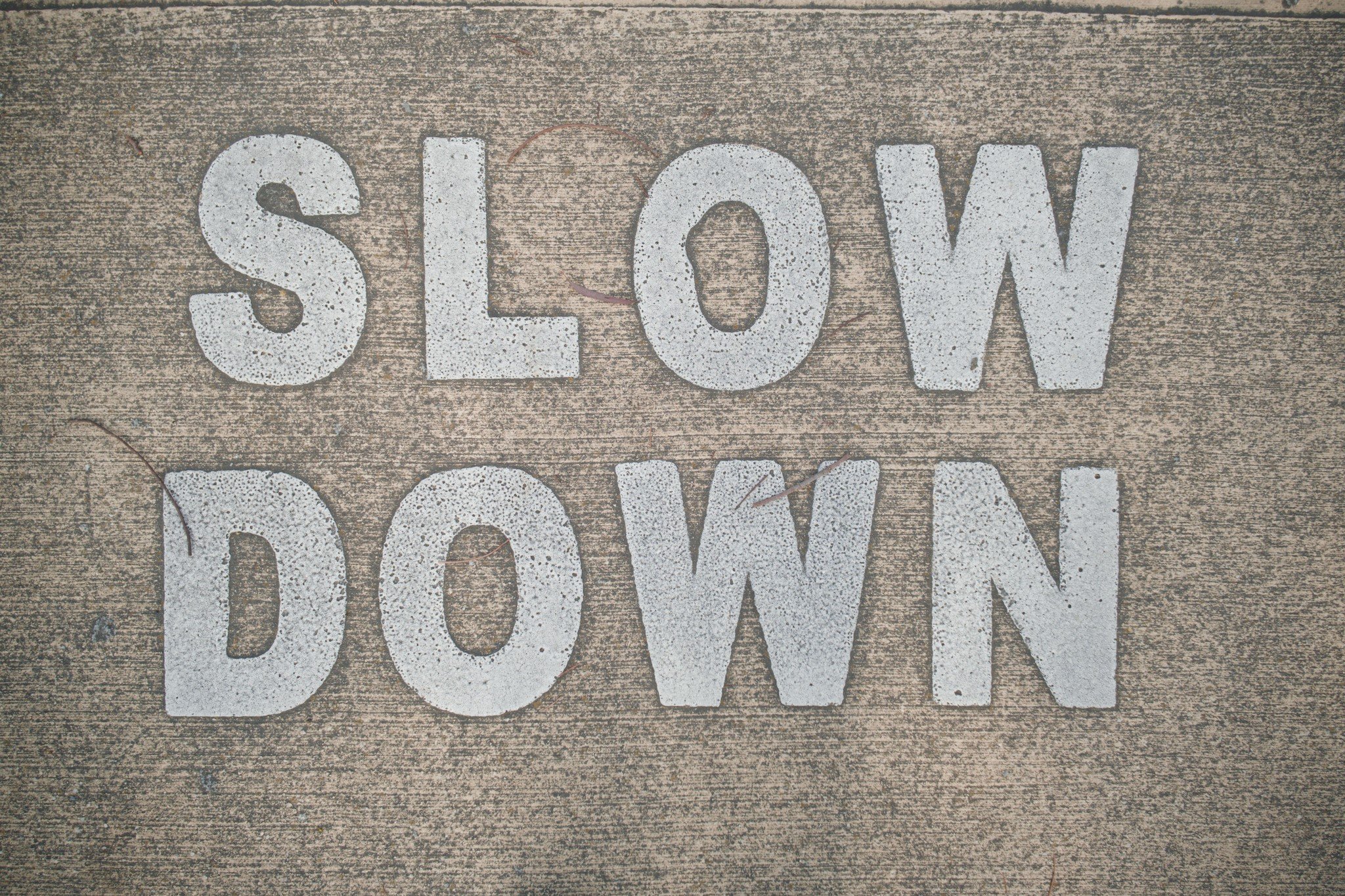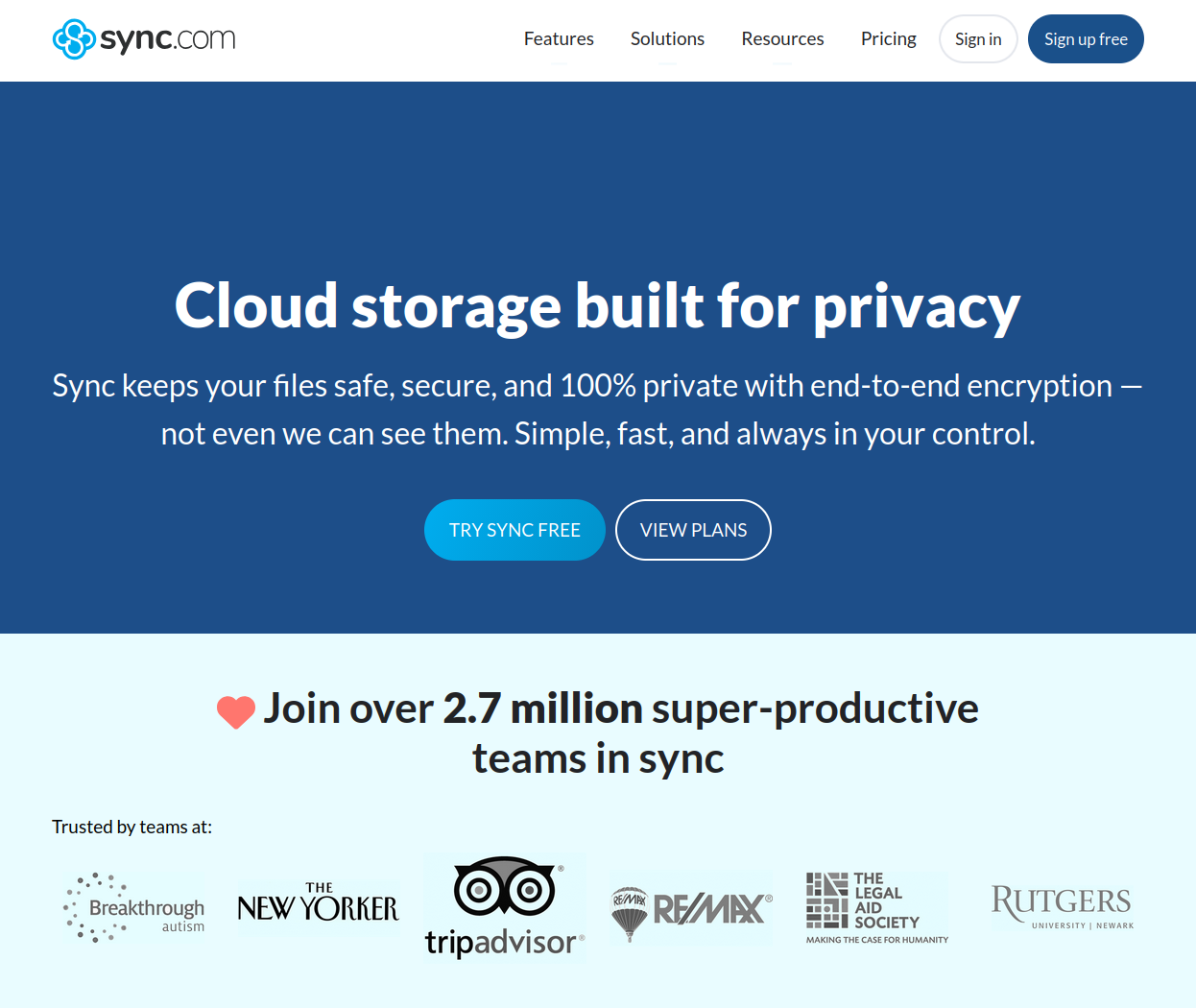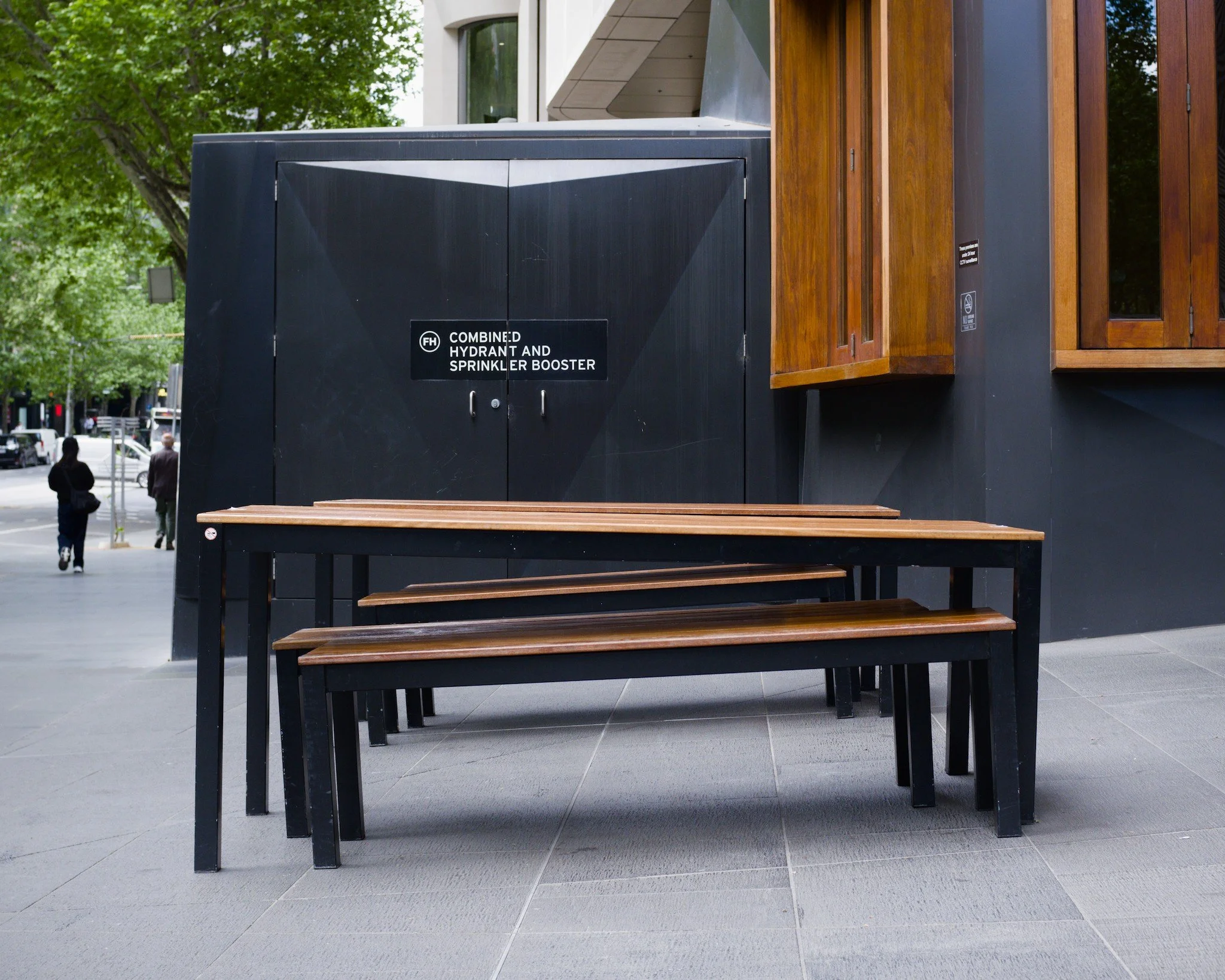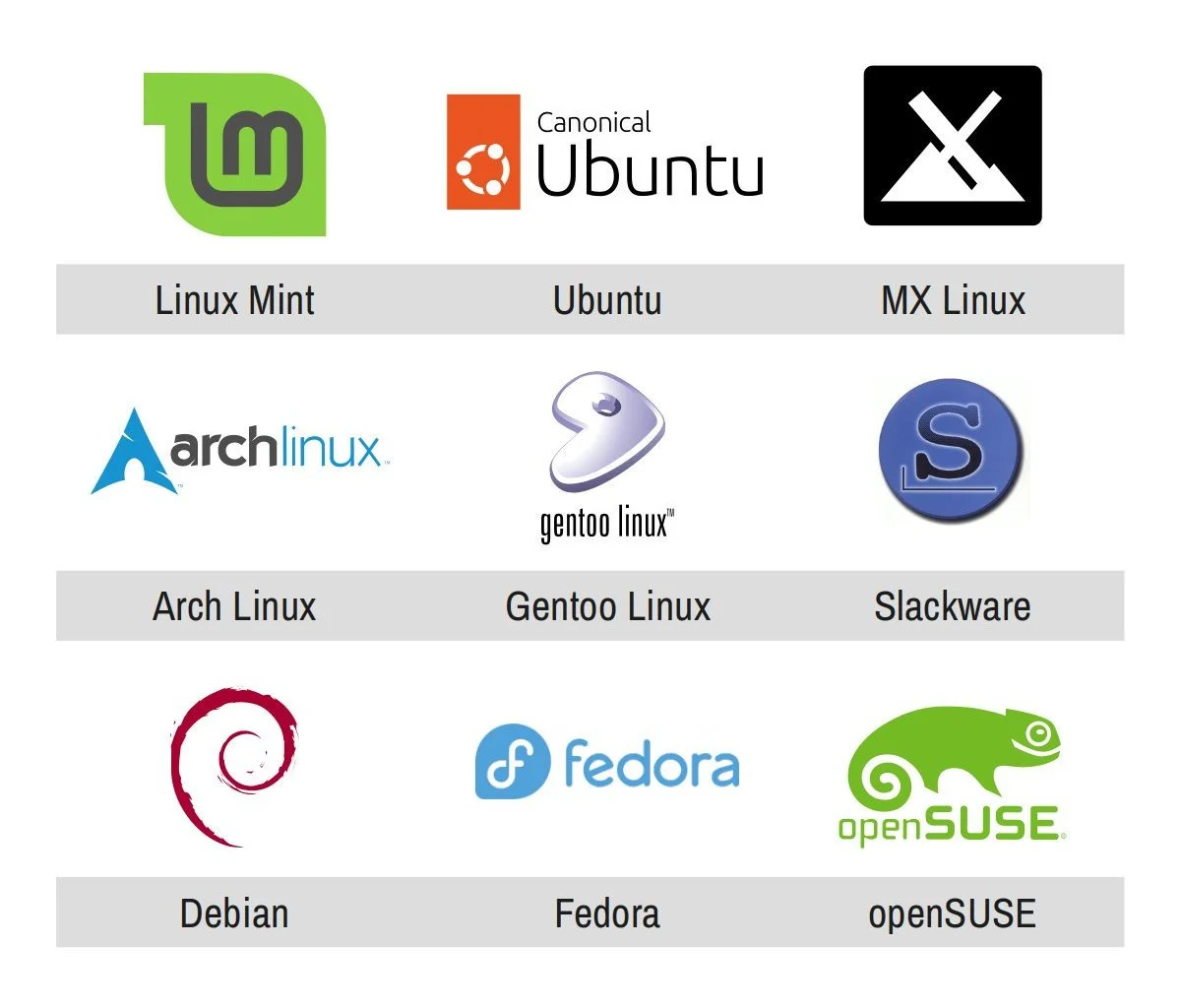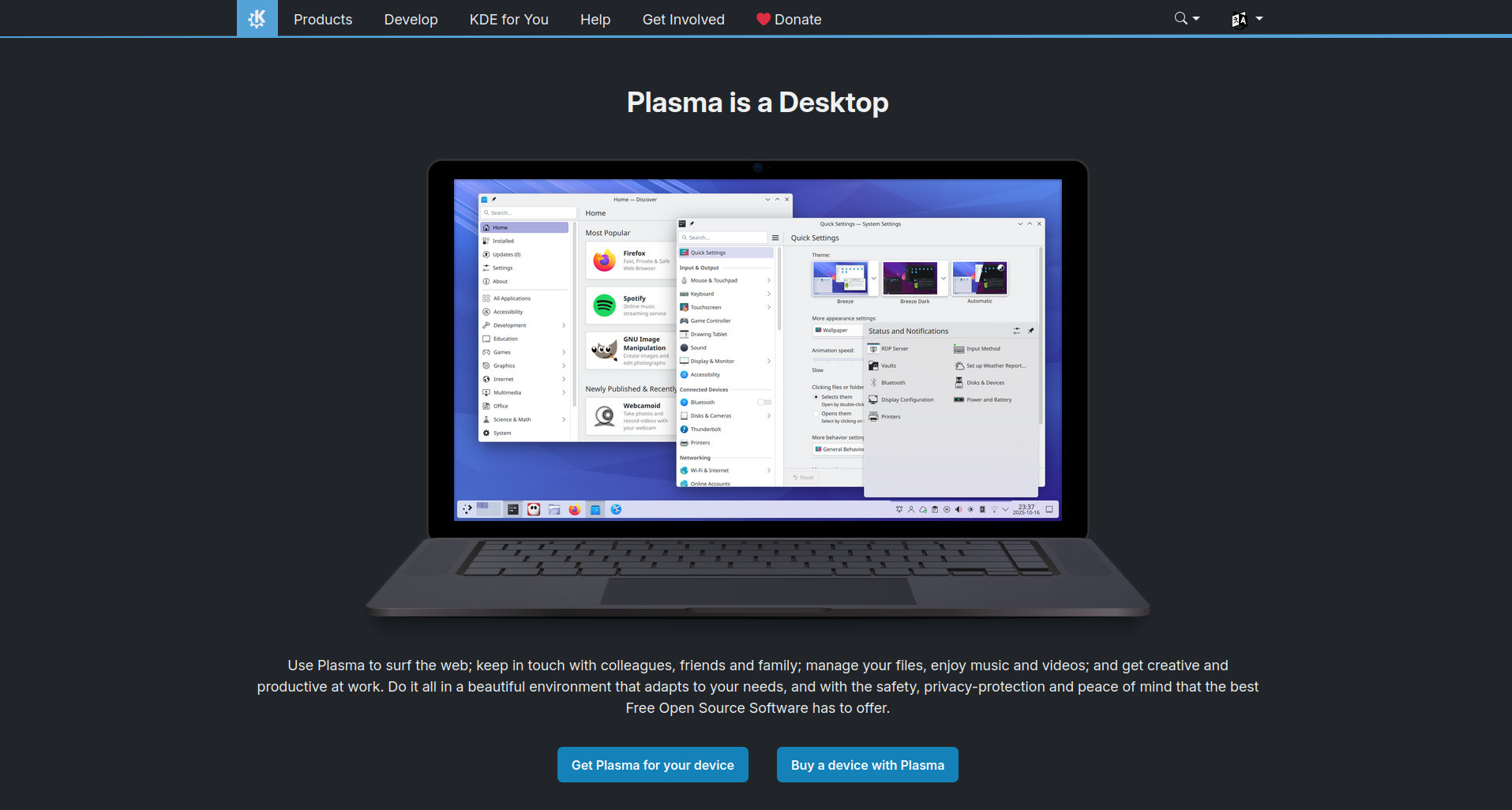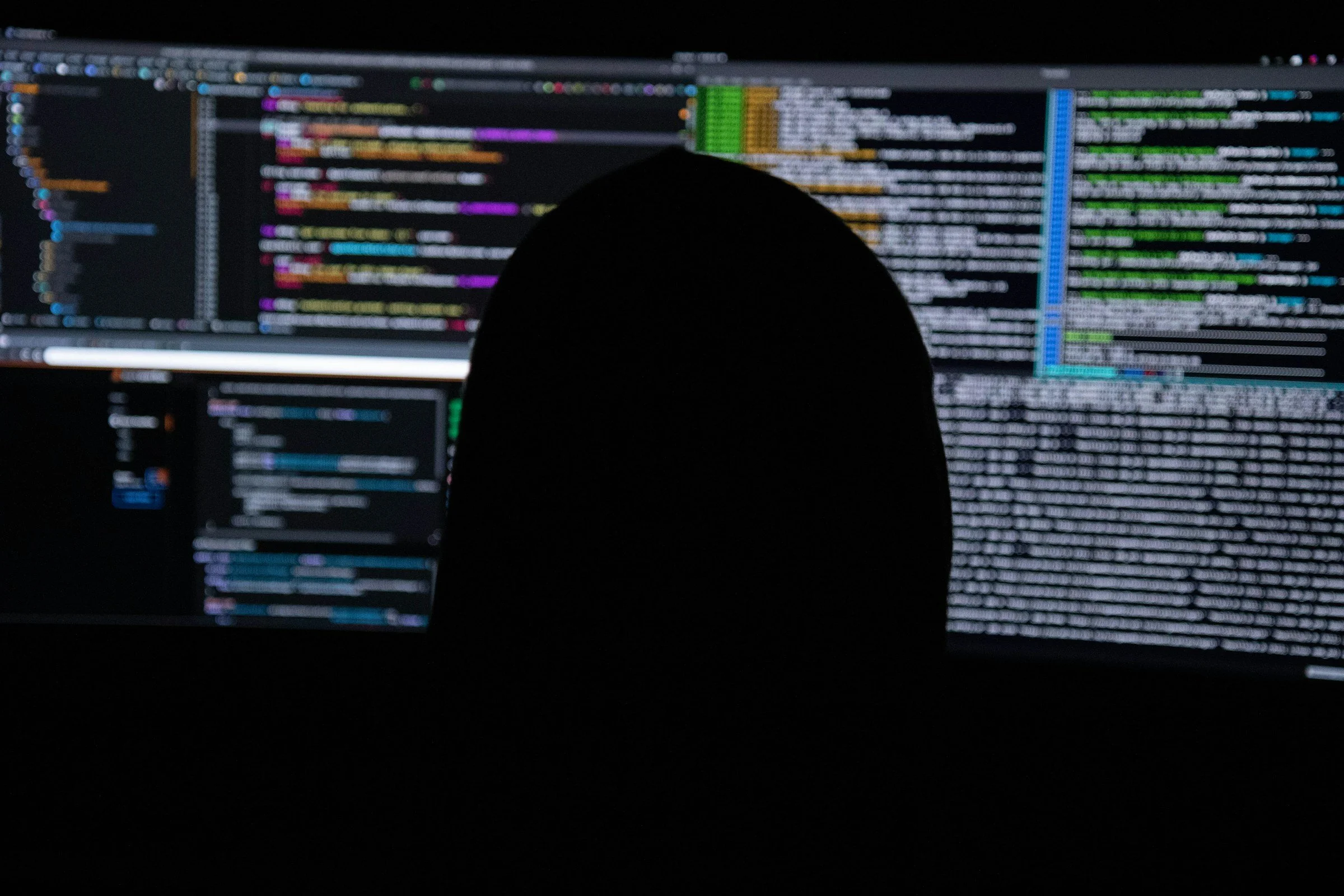Two of my all-time favourite sans serif typefaces are Frutiger and Avenir, both of which were created by Adrian Frutiger.
I’ve already written an extensive post about my recommended Frutiger alternatives, but here’s a quick run-down of my favourite Avenir alternatives.
Why an alternative?
Two reasons.
Avenir is expensive!
A single-user, desktop-only licence to Avenir Next costs AU$1,520.
So if you don’t already have access to Avenir through some other means, then you’ll want a free or more affordable alternative.
Of course if you’re a macOS user, then this reason won’t apply to you since you already have all of Avenir and Avenir Next pre-installed in your operating system.
Regular weight may be too light for text
If you only have access to Avenir through a Microsoft 365 subscription, though, this second reason might apply to you.
That’s because the Avenir fonts included with the Microsoft Office suite are:
Avenir Next Light + Italic
Avenir Next Regular + Italic
Avenir Next Demi Bold + Italic
Avenir Next Bold + Italic
The problem with this is that the Regular weight of Avenir is quite light, so if you’re using it as a text font – especially at smaller sizes – it’s not the easiest to read on screens.
Compare the text below set in Avenir Next Regular (on the left) and Helvetica Neue Regular (on the right). The text on the left does look a little more elegant, yes – since lighter typefaces tend to look more elegant anyway – but the text on the right is easier to read.
macOS users don’t have this problem because they can just use the Medium weight of Avenir Next instead – like in the graphic below where both columns are easily readable.
None of these are copies of the Avenir, of course, so you won’t get all its design quirks – like the horizontal tail of the uppercase ‘Q’ – but they all have a vibe that’s similar to Avenir’s.
Hint
Hint doesn’t have the 1920s luxury feel of Avenir (with its tall and narrow letterforms) but it does have a more “quiet luxury” feel about it.
Sailec
Sailec is billed as a “totally neutral” typeface, but it has much more style than Helvetica, for example, and is a good, albeit somewhat muted, alternative to Avenir.
Free alternatives
My favourite free alternatives to Avenir are Figtree from Eric Kennedy and Montserrat from Julieta Ulanovsky and others.
A more neutral, but still somewhat elegant, alternative is Poppins from Indian Type Foundry.
Of these, Montserrat has the most interesting uppercase ‘Q’ but I think Figtree is a better overall alternative for use on screens.
Figtree
According to its designer, Figtree’s vibe walks the line between “simplicity and friendliness” so it doesn’t quite have the elegant vibe you get from Avenir. But because many of its its letterforms are so similar to Avenir’s, it does work as a decent alternative.
It’s probably more accurate to say that Figtree is a good alternative to Frutiger, by the way – and perhaps a version of Frutiger that leans more towards the elegance of Avenir.
Montserrat
Montserrat has a stylish/elegant vibe, but its letterforms are both larger and wider than Avenir’s – which makes sense, given Montserrat’s inspiration came from old posters and signs in the Montserrat neighbourhood of Buenos Aires. Still, it’s a pretty decent alternative to Avenir.
Final thoughts
I love Avenir and use it whenever I can (eg in presentations and in printed letters), but if I want an elegant typeface for body text font use on screens, then Hint is what I end up using most of the time.

